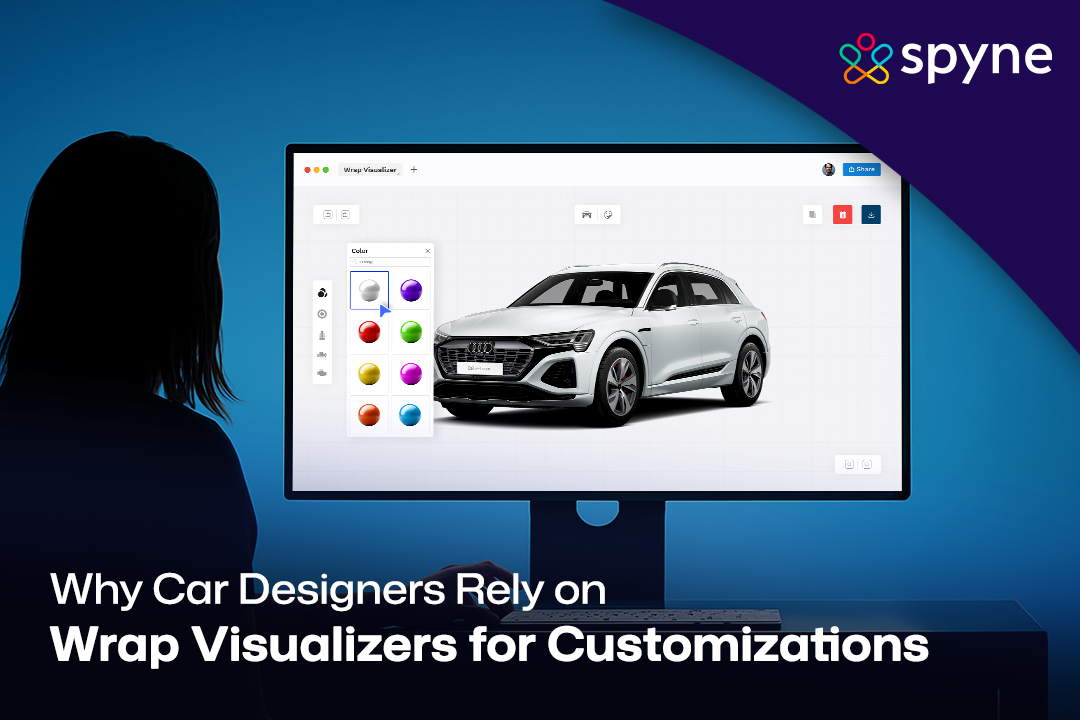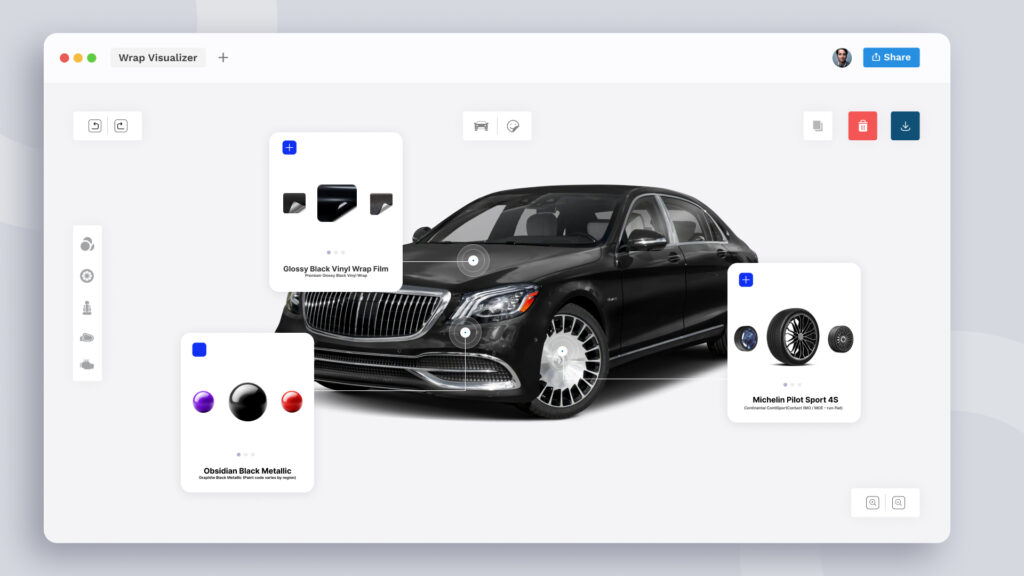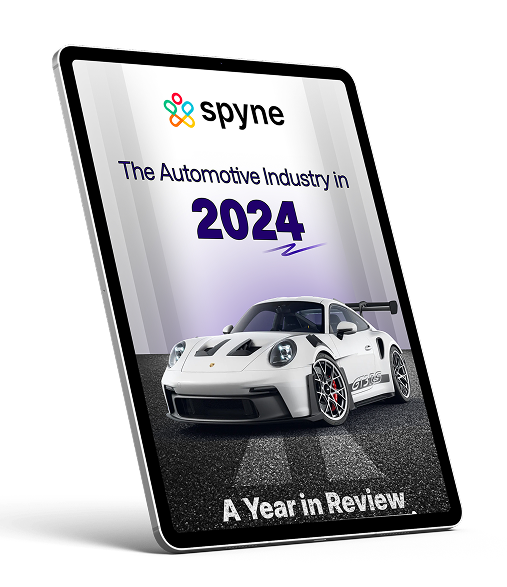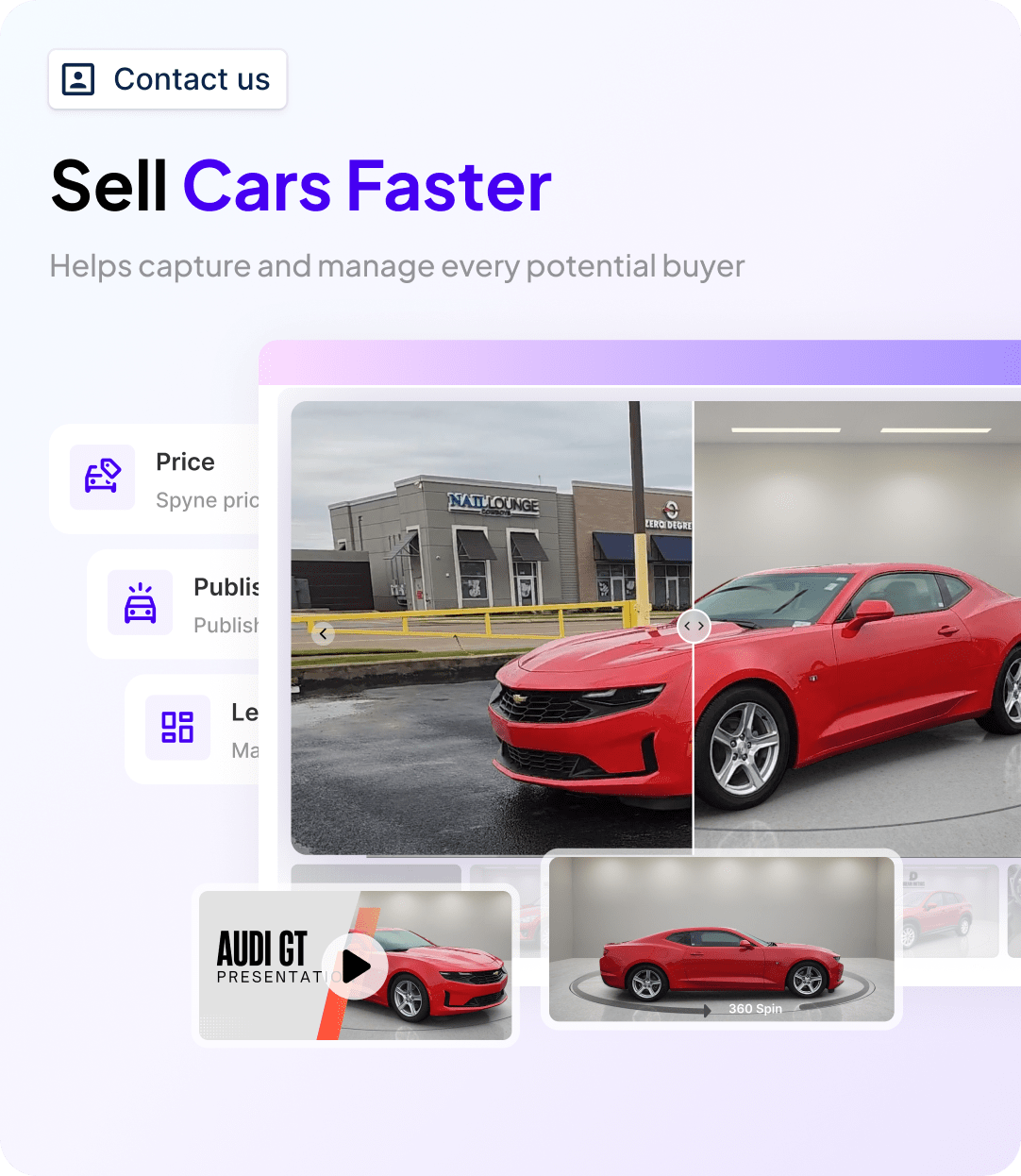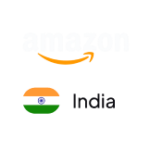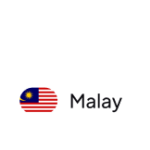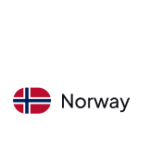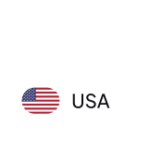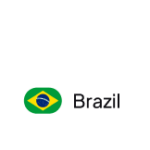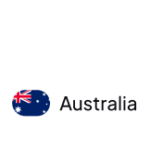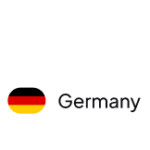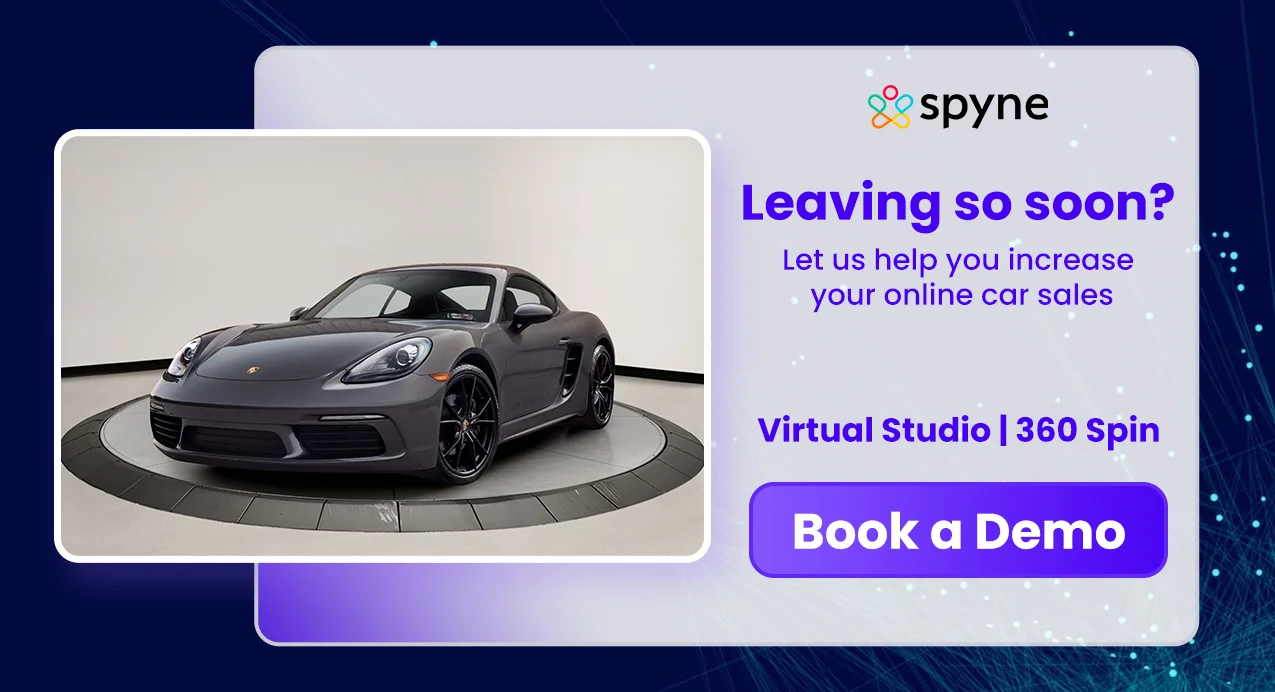Visuals make all the difference when we talk about car design. For instance, there is a bold stripe along the side of a Mustang or a pre-made logo along the sides of a food truck, these aren’t just a few aesthetic choices made by the designers; they are statements. Making these statements right takes more than just a creative mind. It takes precision, flexibility, and the ability to make the design seen even before it hits the streets. That’s exactly why a lot of car designers are leaning more towards a wrap visualizer for designers. These digital tools have changed the way we perceive designs. It has made it easier than ever to bring custom car wrap ideas to reality with no room for surprises.
In this blog, we will explore why wrap visualizers for designers have become a go-to in the customization process, and how platforms such as Spyne are helping designers work smarter and not harder to deliver great results.
The Evolution of Car Customization
In the early days, if you ever wanted to design a custom wrap, you would have relied on boring templates, Photoshop tricks, and your imagination. A client asks you what their wrapped van would look like. Well, good luck with that. Maybe you’d mock it up on a 2D image or paste a graphic over a stock photo. But things got messy fast when it came to curves, corners, reflections, and realistic lighting.
Designers had to spend hours just to get a rough idea across. And when all of it boiled down to installation, all kinds of issues would take a toll on the outcome, logos ending up on the seams, graphics going haywire, and colors looking too different from what you had imagined. It is frustrating, time-consuming, and pokes a hole in your pocket.
What is a Wrap Visualizer?
Here’s where the wrap visualizer comes in. Imagine printing your design onto a 3D model of the exact vehicle you’ve been working on. You can rotate it, zoom in, adjust lighting, and change every element in real time. That is how powerful a wrap visualizer for designers is. It changes ideas into something tangible before an inch of vinyl is printed.
It is no longer guesswork. You are testing, refining, and previewing the end product with full confidence.
Why Designers Are Making the Switch
There are several tempting reasons why designers, both freelance and those in large agencies, are moving to wrap visualizers for designers as their go-to tool.
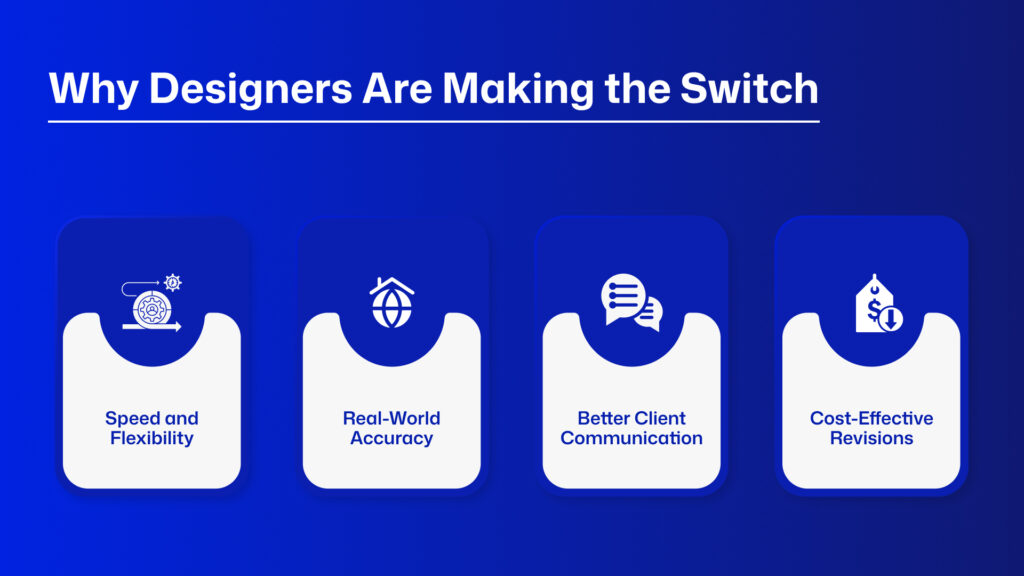
-
Speed and Flexibility
Imagine wanting to test ten color schemes and three graphic placements on a sedan. With traditional methods, that would involve hours of Photoshop work or multiple physical prototypes. A wrap visualizer app lets you do it all in minutes.
-
Real-World Accuracy
Wraps are not made for a flat canvas-like surface. They can stretch, bend, and curve around doors, panels, and even fenders. The car wrap visualizer simulates these nooks and crannies, helping designers identify problematic areas like distortion zones.
-
Better Client Communication
Clients, most of the time, struggle to visualize what a design would look like on a 3D vehicle. With a car wrap visualizer, designers are given a realistic preview of the final product. This boosts confidence and reduces any chance of revisions in the final designs.
-
Cost-Effective Revisions
Physical samples and test wraps are very costly. A car wrap visualizer can minimize the chance of wastage, allowing for full mockups and simulations in a digital format. They ensure that materials are only printed once the final design is finalized.
Saving Time, Money, and Sanity
Designing wraps is not just a creative task, but also a business. Mistakes will cost you time, money, and resources. Redesigning a wrap because of a miscalculation can land you in a lot of trouble with the budget. That is why designers are taking help from wrap visualizers. They are designed to work faster, present more effectively, and minimize waste.
Clients also love it. They don’t want to “imagine” what their wrap will look like; they want to see it. A visualizer makes that possible. You can visualize how a car would look in various finishes using a car color changer, such as matte, chrome, satin, or even custom designs, and show them to your clients. They can view the final product under parking lights, in daylight, or from any angle possible. The invention of these wrap visualizers is not only impressive but also reassuring.
Let’s Talk Creativity
When designers aren’t bogged down in logistics, they can create better work. A good wrap visualizer becomes a playground for ideas. Want to try a brushed metal finish on a muscle car? Go for it. Wondering how a neon pink gradient will look on a delivery truck? Try it out.
Because changes can be made in no time, you are totally free to experiment. That is the power of digital designs, you can take risks without worrying about any consequences. If something isn’t working, you can scrap the idea; no big deal. You just tweak it until it does with car wrap visualizer tools.
Why Spyne’s Wrap Visualizer Stands Out
There are several tools available, but one that’s gaining significant attention in the industry is Spyne’s wrap visualizer in the best car wrap visualizer comparison. It’s built with real designers in mind, not just developers or hobbyists. Here’s what makes it great:
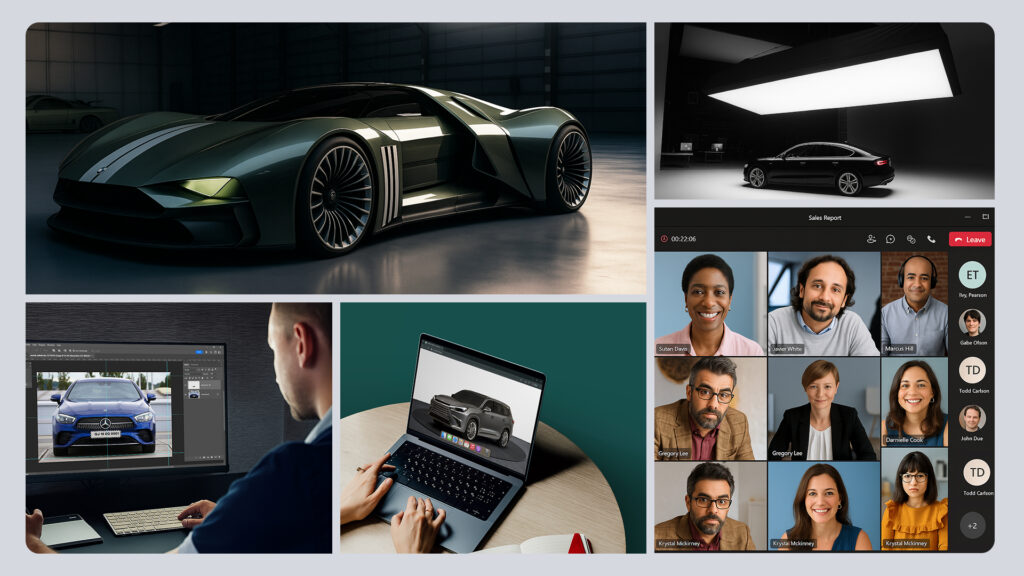
- Realistic 3D Models: Tons of makes and models to choose from—whether it’s a city car or a box truck.
- Accurate Lighting and Materials: Visualize how different finishes would look like on your car. Be it matte, chrome, or satin, you can review all finishes in no time.
- Easy Editing: upload, resize, and adjust. You don’t need to be a tech geek to do the needful.
- Client-Friendly Previews: You can export images in seconds to show your clients and get their approval.
- Live Collaboration: These wrap visualizers for designers are perfect for teams working in a remote setting or for clients for live across the globe.
Real Results: A Quick Story
A freelance designer shared their experience with getting their food truck for a local taco joint wrapped. The client requested something loud, vibrant, and that would attract foodies around the city. They just didn’t know how to describe it. Instead of going back and forth with vague thoughts and ideas, the designer used Spyne’s wrap visualizer instead to mock up three bold options in half a day.
The client instantly fell in love with the designs. They changed the logo placement, added a CTA near the tailgate, and the design was good to go. All of this was done without printing a single sample or doing a physical test wrap. The installation went well, and the client provided design requirements for another vehicle the following week.
That’s the kind of win a free online car visualizer for designers makes possible.
Looking Ahead
As the technology behind wrap visualizers for designers becomes more advanced, we will come up with more possibilities. Augmented reality previews allow you to point your phone at a car and view different wrap options. Nobody thought it possible in the last few years. We can provide smart suggestions based on the vehicle’s shape, brand colors, and location.
The more visual and interactive this entire process becomes, the more empowered designers are to put their best foot forward. This will help clients feel confident in what they receive.
Final Thoughts: If You Design Wraps, You Need This
Whether you want to design a single custom wrap or manage a fleet branding project, using a wrap visualizer is a must. It will save you time, reduce the chances of errors, and enhance creativity so that clients can actually see what they’re getting.
The bottom line? If you’re a car designer who wants to stay ahead of the curve, deliver better work, and stop second-guessing your designs, it’s time to start using a wrap visualizer for designers.
Try it. Trust it. And start wrapping smarter.

